The large number of deployed lasers and precision-guided munitions has driven the need for better laser warning systems that can detect incoming threats.
ERIC DESFONDS, EXCELITAS TECHNOLOGIES CORP.
Situational awareness is an ever-increasing challenge for armed forces deployed across vast areas and engaged in multiple conflicts. Modern soldiers have become data collectors in today’s complex command, communication and control systems, and thus they are flooded with a wide range of stimuli emanating from multiple sources.
Over the last 40 years, the goal of minimizing collateral damage has driven the transition to precision-guided munitions, thereby significantly increasing the number of different light sources in theater. Laser rangefinders and laser target designators allow safer engagements from farther distances with reduced risks. These devices have also driven the innovation of more sophisticated laser sources, sensitive detection solutions, enhanced targeting systems and laser warning systems.
Beyond light source detection, discriminating signals of interest remains an increasingly difficult challenge and a high priority.
Enhanced sensitivity in defense
First-generation electro-optical systems used large power units, which often required multiple soldiers for proper operation. These inefficient systems were therefore not commonly used in global conflicts of the early 20th century.
Modern soldiers need distraction-free and streamlined sensing techniques, and the deployment of unmanned aerial vehicles (UAVs) further drives the need for small, light, efficient systems — design objectives often referred to as SWaP-C (size, weight, power and cost). Smarter targeting and warning systems capable of deciphering useful data from the background noise are required, as each soldier is now also a potential light pollution source.
Additionally, the needs of Special Operations teams have driven research in novel photocathode designs for night vision goggles and lasers that are essentially invisible to commonly deployed equipment. This desire to continuously evolve deployed technologies and stay ahead of the opponent drives advances in sensing research.
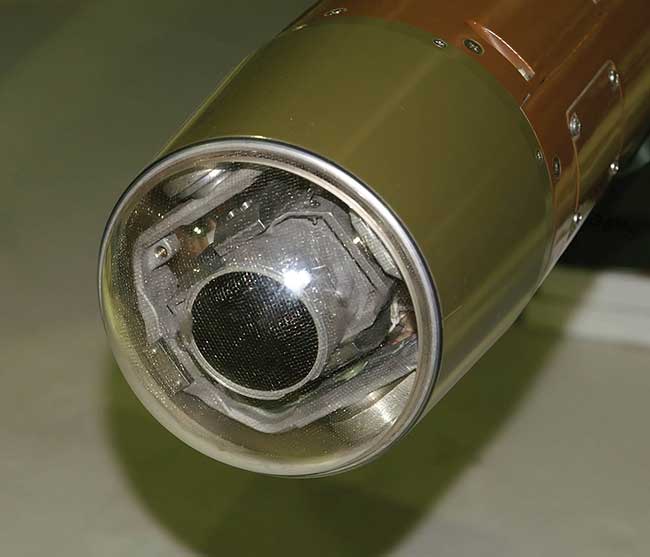
Figure 1. Paveway III laser-guided bomb seeker head visible behind protective missile dome. Courtesy of Megapixie/English Wikipedia.
Precision-guided munitions
The development of precision-guided munitions, initiated in the 1960s, became the de facto standard after a U.S. military operation that used guided bombs destroyed Vietnam’s Thanh Hóa Bridge in 1972 — after hundreds of missions using standard bombing strategies had failed.
Precision-guided munitions rely on a simple set up. A high-power pulsed laser, typically a YAG laser (centered at 1064 nm), is aimed toward a target to illuminate it; light bounces off the target and is reflected back into the environment. A guided missile, most typically equipped with a position-sensitive detector, (Figure 1), will find this beacon of light and travel toward the target. While position-sensitive detectors or camera systems can be used, quadrant detector cells remain the preferred high-precision, cost-sensitive option for retrofit “guidance kits.” These kits convert standard unguided bombs by allowing some guidance capability, enabled by a quadrant detector optimized for the YAG-wavelength protected by an IR-transparent dome. Figure 2 shows the photocurrent as a function of time and a reflected laser beam from a laser target designator is displaced toward the detector boresight.
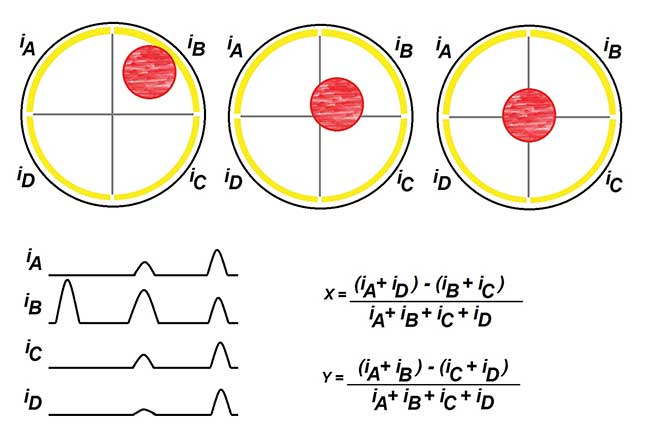
Figure 2. The projection of the laser target detector laser energy onto a quadrant allows a computation of X and Y coordinates as shown in successive snapshots. Alignment algorithms will aim to reach equilibrium in each quadrant’s photocurrents, ix. Courtesy of Excelitas.
Just as stealth fighters use unique materials and surface finishes to reduce radar signature, different camouflage techniques can reduce albedo at 1064 nm (YAG) and 1550-nm laser beams, and reduce the amount of light that reaches precision-guided munitions guidance systems.
Increasing laser efficiencies
Battery-powered handheld semiconductor diode pulsed lasers are not as powerful as aircraft-mounted systems, which have a large amount of power for driving the fiber laser, pointing turrets, laser spot tracking and operating larger optics. A soldier therefore needs to get close enough to paint a target for precision-guided munition detection, while also maintaining a safe distance from the target to avoid detection from the enemy.
Pulsed semiconductor lasers with multiple lasing cavities have become the norm in the commercial laser range finder market. Operating at 905 nm, each cavity is separated by a tunnel junction to enable them all to emit light in parallel, allowing double, triple or even quadruple the amount of light to be launched from the same form factor. Multi-cavity designs are more challenging for longer wavelengths (YAG and 1550 nm) because the amount of heat generated increases, and the efficiency of the laser chip through self-heating is impacted. A careful trade-off in heat dissipation, drive current and duty factor (pulse repetition rate and temporal pulse width) must be taken into account, as it impacts range precision, detection efficiency and effective range for guiding precision-guided munitions.
Photodiode detection
Quadrant detectors commonly have a circular active area, separated into four uniform quadrants; each is isolated from its neighbors and typically exhibits very uniform responsivity across its whole surface. By projecting the field of view (FoV) onto the precision-guided munition’s detector, and with different algorithms dependent on the guidance capabilities, triangulation algorithms can help steer the missile so that the reflected light beacon remains as close to the boresight as possible until it reaches the target.
Some systems use multiple smaller dispersed single-element detectors to expand the FoV. Multiple detectors can exhibit varying sensitivity and this should be considered in the data analysis as it may add complexity to the electronics needed, which can increase overall system cost.
PIN vs. avalanche photodiodes
Most systems use the largest available active area YAG-enhanced silicon PIN photodiode to help them absorb as much light as possible, as larger detectors can capture more photons per integration period. Doing so enables the detection of the smallest signals with largest FoV.
Early quadrant detectors were made with the largest silicon substrates available, approximately 1 in. in diameter. Improvements in silicon wafer processing have enabled suppliers to deliver large quantities of cost-competitive detectors, and support the increasing demand by migrating to larger wafers. An example of large-area quadrant photodiodes can be seen in Figure 3.
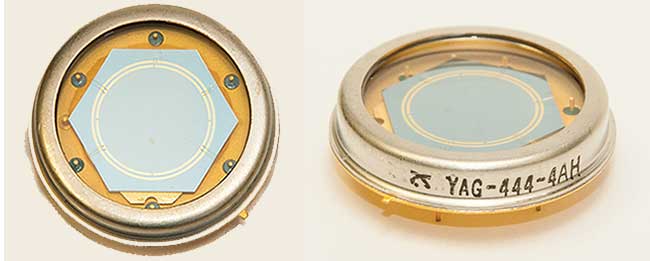
Figure 3. The YAG-444-4AH silicon quadrant detectors by Excelitas. Courtesy of Excelitas.
Avalanche photodiodes are a popular alternative to PIN photodiodes. Dopants are precisely diffused within the photodiode to create a layer where electrons and holes collide with each other and amplify the original incoming signal, with minimal noise amplification. Avalanche photodiode-based systems are less noisy than PIN detectors coupled to discrete transimpedance amplifiers, since increased circuit parasitics (inductance, capacitance and resistance) will increase noise levels.
Avalanche photodiodes can amplify the detected signal, increasing the signal-to-noise ratio and allowing laser target designator detection from farther away. Even with very low-noise avalanche photodiodes, special care is required to optimize the performance of analog hybrid receivers (Figure 4), which replace the need for a transimpedance amplifier by handling the initial current-to-voltage conversion. Future designs based on custom application-specific integrated circuits should allow even lower noise equivalent powers.
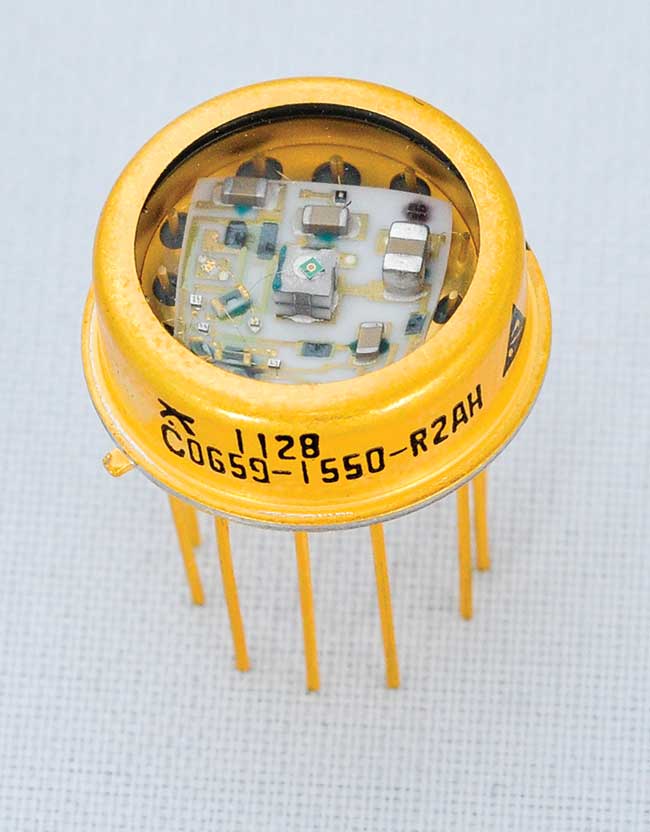
Figure 4. Analog hybrid receivers, such as the Excelitas C30659-series, enable high-precision laser rangefinders to be deployed. Courtesy of Excelitas.
The main trade-off of avalanche photodiodes is their typically much smaller active area. The largest YAG-enhanced silicon avalanche photodiodes are about six to 10 times smaller than the largest silicon PIN photodiodes; quadrant avalanche photodiode options are often even smaller. When compared to fiber optic telecommunication avalanche photodiodes coupled with single-mode fibers (about 10-µm diameter), InGaAs avalanche photodiodes used for 1550-nm LRFs are considered very large area, even if only 50 to 350 µm in active diameter. Demand for increasingly larger PINs or avalanche photodiodes depends on sufficient material quality and increasing yield through semiconductor wafer processing and assembly. Still, several guidance systems have been developed with avalanche photodiodes by using more complex temperature-compensated biasing circuitry.
Silicon vs. III-V compounds
Since most systems use YAG lasers, silicon remains the most appropriate detection material for large active area devices. Its indirect bandgap requires thick absorption layers and careful balance between thicknesses. Response speed is needed to accurately detect laser designator pulses.
Wafer processing techniques boost the responsivity at 1064 nm, such as:
• Optimized antireflection coatings.
• Patterning of the light-entry surfaces.
• Reflective surfaces on the backside to allow a second pass through the absorption layers.
• Heating the detector increases responsivity to shift the absorption edge to longer wavelengths.
Detection beyond 1064 nm must rely on III-V compounds such as InGaAs, epitaxially grown materials, where layer composition, doping and thickness control affect performance. They can also detect YAG lasers with twice the responsivity of silicon detectors, and can also be used to detect laser rangefinders and laser target designators operating at 1550 nm.
Most laser rangefinders use 1550-nm semiconductor pulsed lasers with the lowest amount of launch power needed to range properly while also avoiding detection. This eye-safe wavelength remains efficient even through fire, smog and smoke, while YAG-laser beams are scattered by the atmosphere more drastically. The availability of increased 1550-nm laser launch power could allow a transition to precision-guided munitions guidance systems responsive to both YAG and 1550-nm light, based on III-V detectors. This is a step toward the deployment of stealthier laser target designators operating at longer wavelengths, invisible to night-vision systems.
Overall yields are lower for III-V devices, making it difficult to economically process high-speed detectors as large as those for silicon wafers. The largest known silicon quadrant detectors available are about two to four times larger than InGaAs options. Infrared optics and suitable missile domes could be used to expand the FoV of the smaller detectors. Smaller detector precision-guided munitions typically have reduced range due to lowered sensitivity and, in turn, potentially reduced targeting precision.
When compared to silicon wafer processing, the cost per cm2 of active area remains higher. This is largely due to smaller wafers used for III-V detectors and expensive high-purity precursors used to grow controlled layer compositions. Epitaxial growth defects tend to increase noise and dark currents, and are significantly more prevalent than defects in diffusion silicon processing methods.
Performance parameters — active area, gain and noise amplification performance, which is tied to ionization coefficient or k-factor — of silicon avalanche photodiodes are superior to InGaAs avalanche photodiodes due to fewer diffusion defects. A smaller ionization coefficient will reduce the amplification gain, as explained by McIntyre’s model, and have a direct impact on excess noise factor (F, a measure of degradation of the signal-to-noise ratio). The very best silicon avalanche photodiodes can reach gains of several hundred and even permit Geiger mode operation, enabling detection of individual photons.
III-V compounds have a direct bandgap and thus much thinner layers are needed to fully absorb incident light; this, in turn, increases photodiode capacitance and noise in the first-level amplification stage. Growing thicker layers boosts the use of precursors and thermal budget, further increasing the risk of defects and performance degradation. The III-V quadrant detector market could benefit from epitaxial growth methods used to grow very thick multijunction solar cells on larger wafers at relatively cost-efficient rates. Alternatively, further segmented matrix detectors could reduce the capacitance of each individual element, which would require more complex mechanical assembly and evolved guidance algorithms.
Demand for large-area InGaAs avalanche photodiodes is already growing due to potential high-volume markets, such as driverless cars using light detection and ranging (lidar). Further research into new III-V compounds featuring lower ionization coefficients will ultimately benefit the defense market, as well. The potential to maintain a suitable signal-to-noise ratio with low enough noise at gains beyond the typical range of 10 to 30 would greatly increase eye-safe laser rangefinder capabilities.
Beyond the potential for safer stand-off distances, defensive measures to detect incoming laser threats from laser rangefinders, laser target designators, laser-guided PGMs, missiles and beam riders must also be taken into account.
Laser warning systems
The large number of deployed lasers and laser-guided precision-guided munitions has driven the need for systems that can detect incoming threats and react promptly. The challenge is significant when considering that some laser rangefinders use a single laser pulse, and beam-riding missiles are typically guided off-target until the very last seconds to avoid detection (Figure 5).
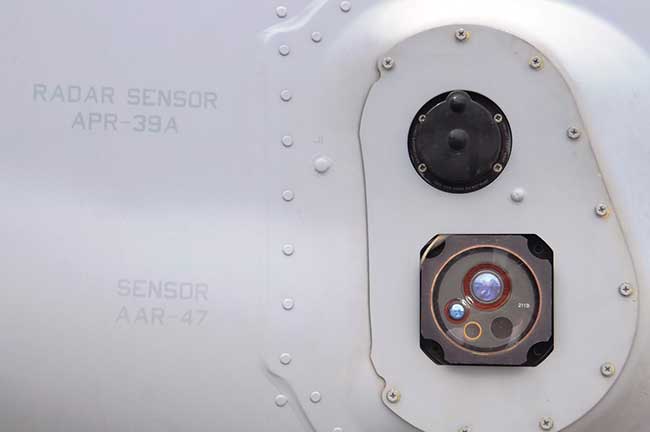
Figure 5. Orbital ATK’s AAR-47 Missile Warning System integrates several large photodiodes to detect the UV signature of launched missiles and angle-of-arrival of incoming laser rangefinders and laser target designators. Courtesy of Jacobst/Davenport, Iowa air show.
Just like precision-guided munitions, most laser warning systems use large photodiodes or photodiode arrays to detect faint signals, looking for any pulse train in the AC signals detected. They are often mounted on rotating systems to continuously scan the surrounding environment. Other novel technologies have been developed to encode the actual angle of arrival
(AoA) in azimuth or elevation of a laser signal. This can be done with better than one degree of accuracy through a Gray code mask, with no mechanical parts and a continuous visual lock on the incident threat, as demonstrated by Excelitas’ High Angular Resolution Laser Irradiance Detector product family (Figure 6).
Removing humans from the reaction loop is the ultimate goal of laser warning systems. The response time of sensors, sampling electronics and computation efforts of advanced algorithms confirm the location of incoming laser signals, determine if it’s “friend” or “foe” status, and, if appropriate, trigger counter-measures — typically flares, smoke screens or laser dazzlers to disrupt precision-guided munitions guidance — while alerting troops about the incoming threat.
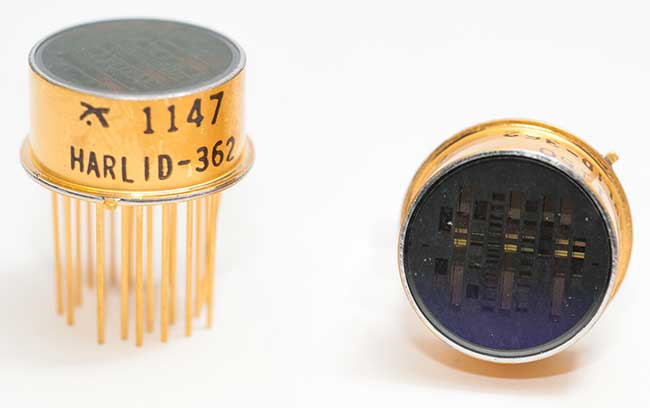
Figure 6. Excelitas’ High Angular Resolution Laser Irradiance Detector is a self-contained laser warning system engine, which returns a bit code corresponding to the incoming AoA. Courtesy of Excelitas.
The large number of deployed lasers can negatively impact efficiency, as the noise in the AoA data will continue to grow. Laser warning systems could also soon be computationally limited and unable to isolate in a timely fashion the ever-increasing number of laser beams and determine if they are coming from “friends” or “foes” based on their respective wavelength and encoding. A need for further capabilities exists, including the development of suitable avalanche photodiodes to increase detection range and extension of the detection spectral range beyond current limitations of low-noise, lattice-matched InGaAs compounds.
Further enhancement
While suitable laser and photodiode materials have been developed to meet the current demand of deployed systems and allow guidance of precision-guided munitions, the need to further enhance laser warning systems to protect assets and troops against precision-guided munitions is critical. Requirements for stealthier operations will continue to trigger development efforts for new detection and lasing materials beyond classic YAG laser target designators and 1550-nm eye-safe laser rangefinder systems.
Meet the author
Eric Desfonds is product line manager for Excelitas Technologies Corp.’s Defense and Aerospace Sensors; email: [email protected].